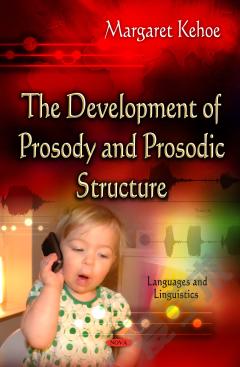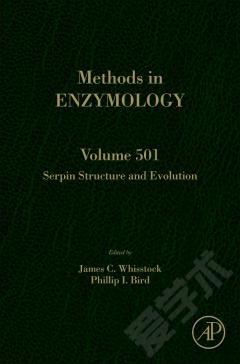The Development of Prosody and Prosodic Structure
This book is a comprehensive yet succinct overview of research on prosodic development, uniting phonetic, phonological, and clinical approaches to the topic. It brings together diverse research findings on prosodic perception, prosodic production, the development of prosodic structure, and prosodic disorders in clinical populations. The book is written for advanced undergraduate students, graduate students, as well as for professionals and scholars working in linguistics, child language development, psychology, or related disciplines. It also introduces the reader to important related themes in speech perception research such as prosodic bootstrapping and word segmentation. Included in this first part is a discussion of the production of prosody during the pre-linguistic and early linguistic periods, with a focus on central topics such as ambient language effects and differentiation of prosody according to pragmatic function. In this part is where the discussion of the development of individual prosodic systems such as stress, timing, intonation, and tone are discussed. This book also deals with clinical aspects of prosody such as the assessment of prosody and atypical prosody in clinical conditions such as autistic spectrum disorder, childhood apraxia of speech, specific language impairment, and hearing impairment. The book’s cross-linguistic approach is documented through numerous examples and illustrations. Chapter summaries, relevant sidebar topics, and a list of key terms make the book highly readable and accessible.
{{comment.content}}








 京公网安备 11010802027623号
京公网安备 11010802027623号